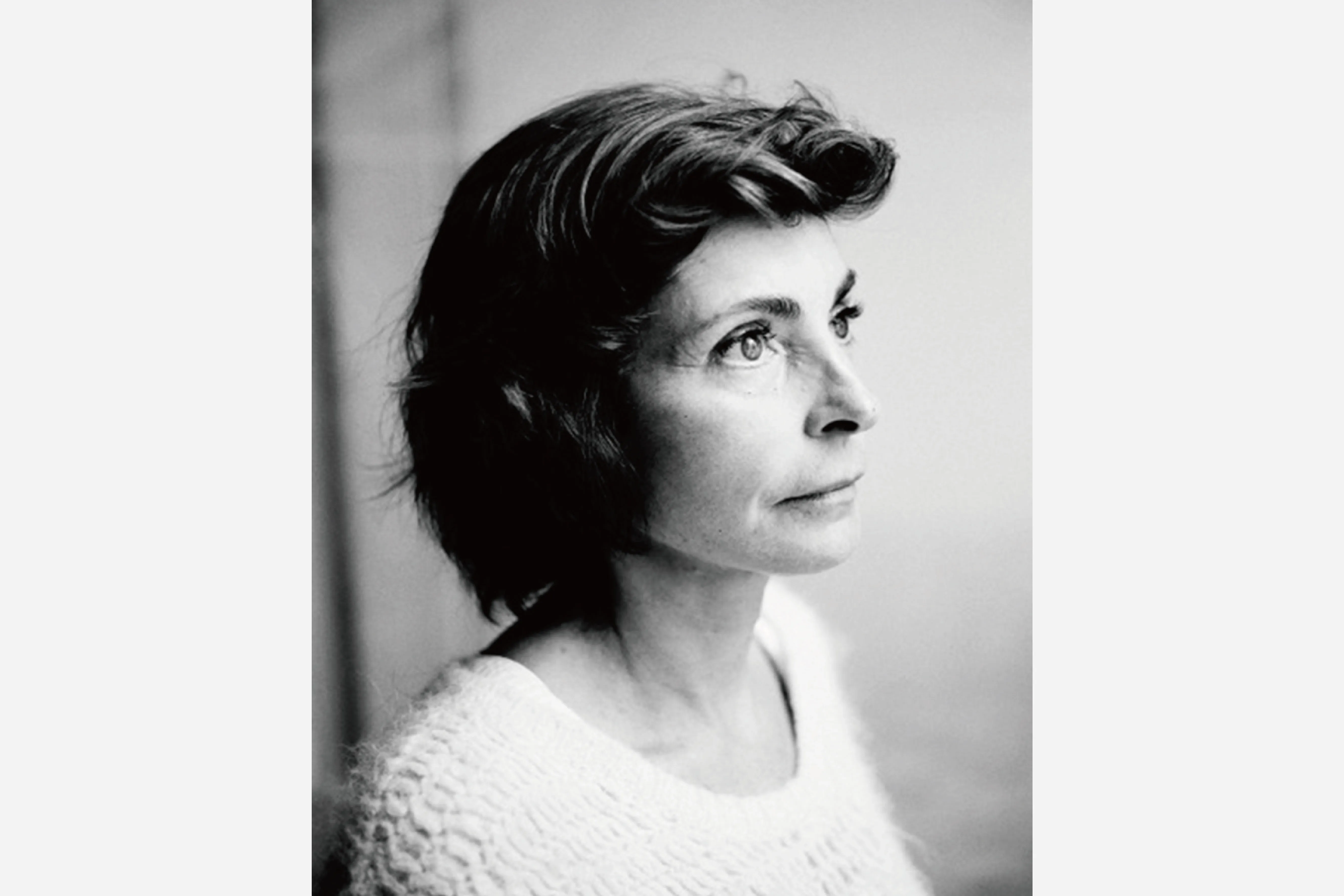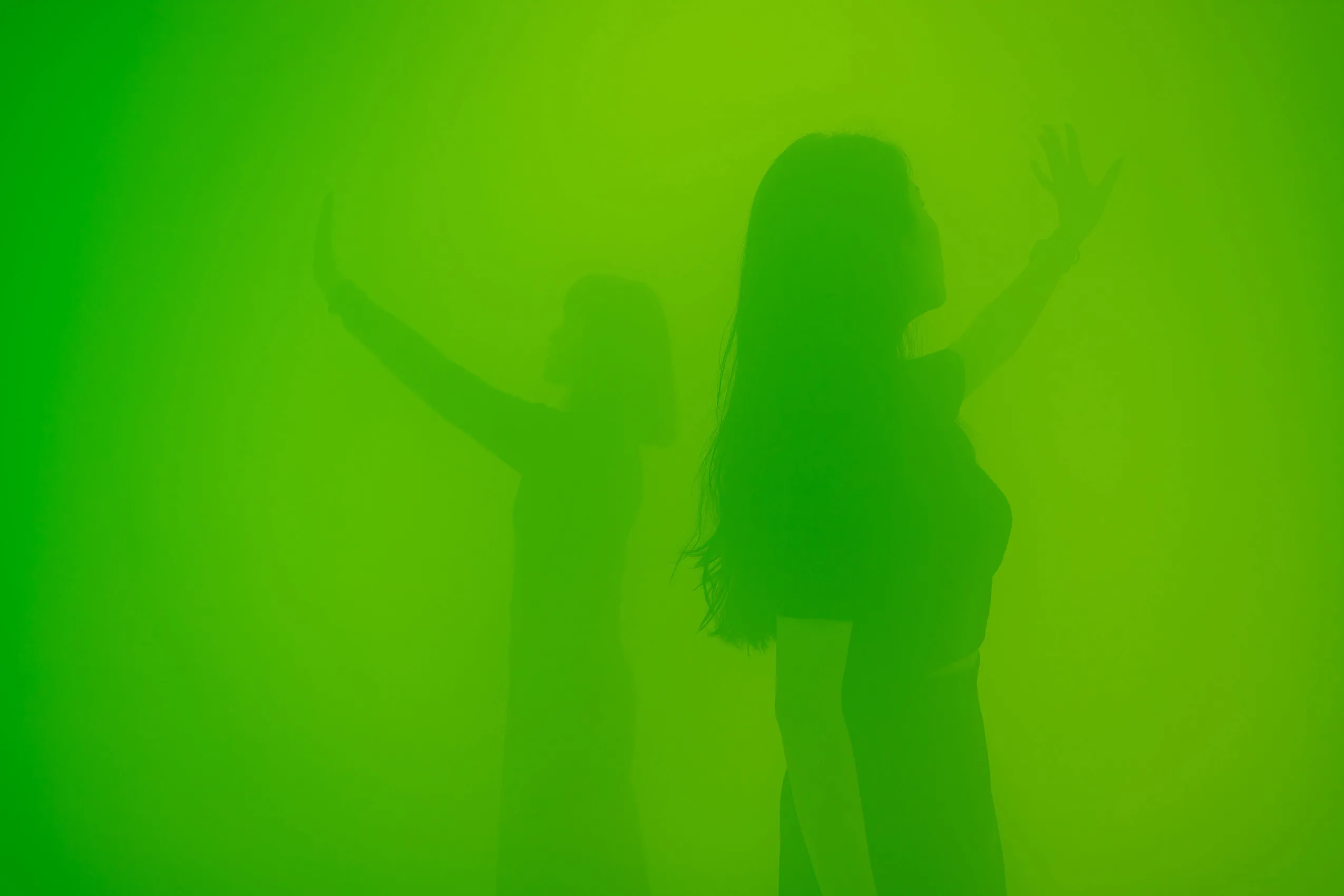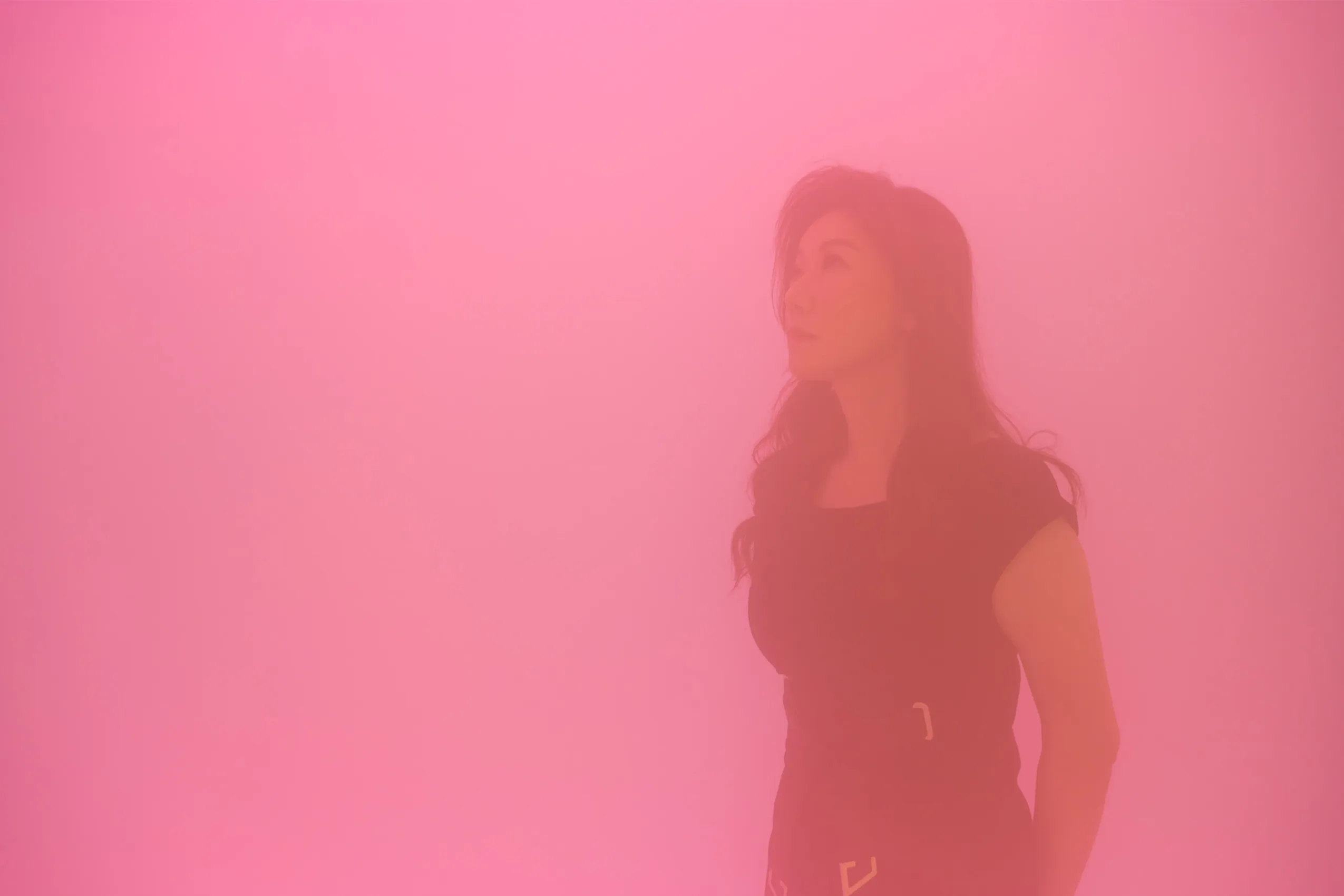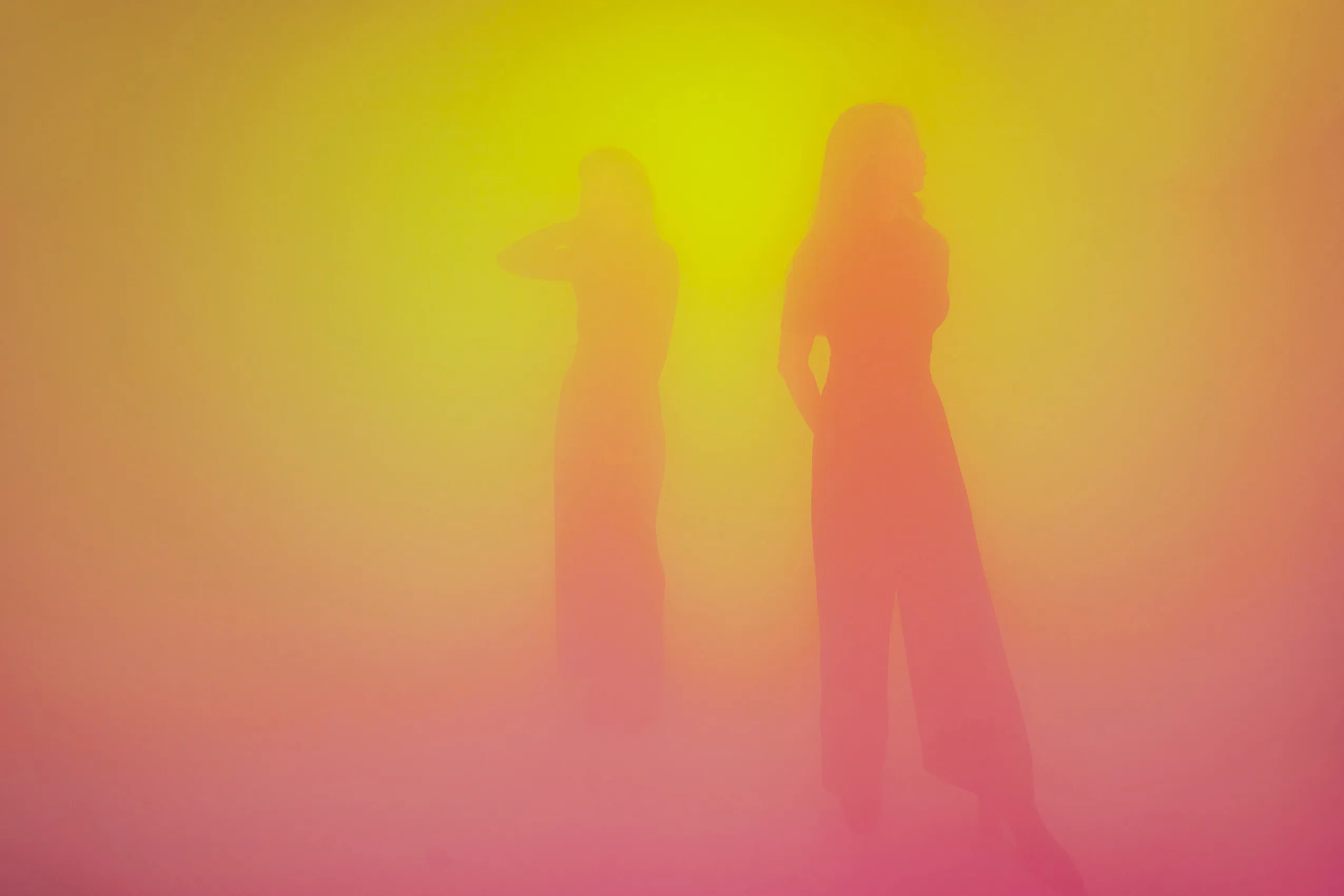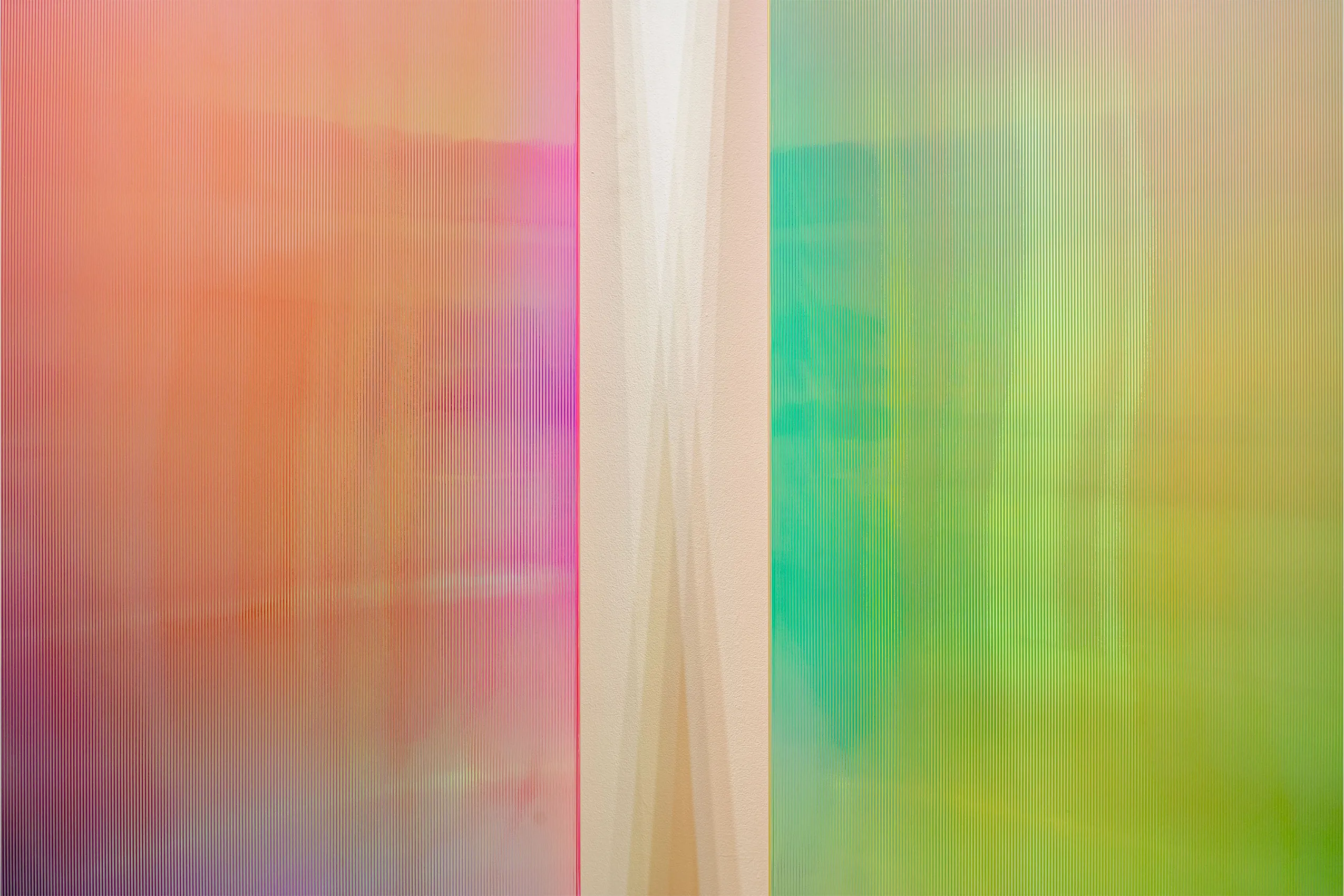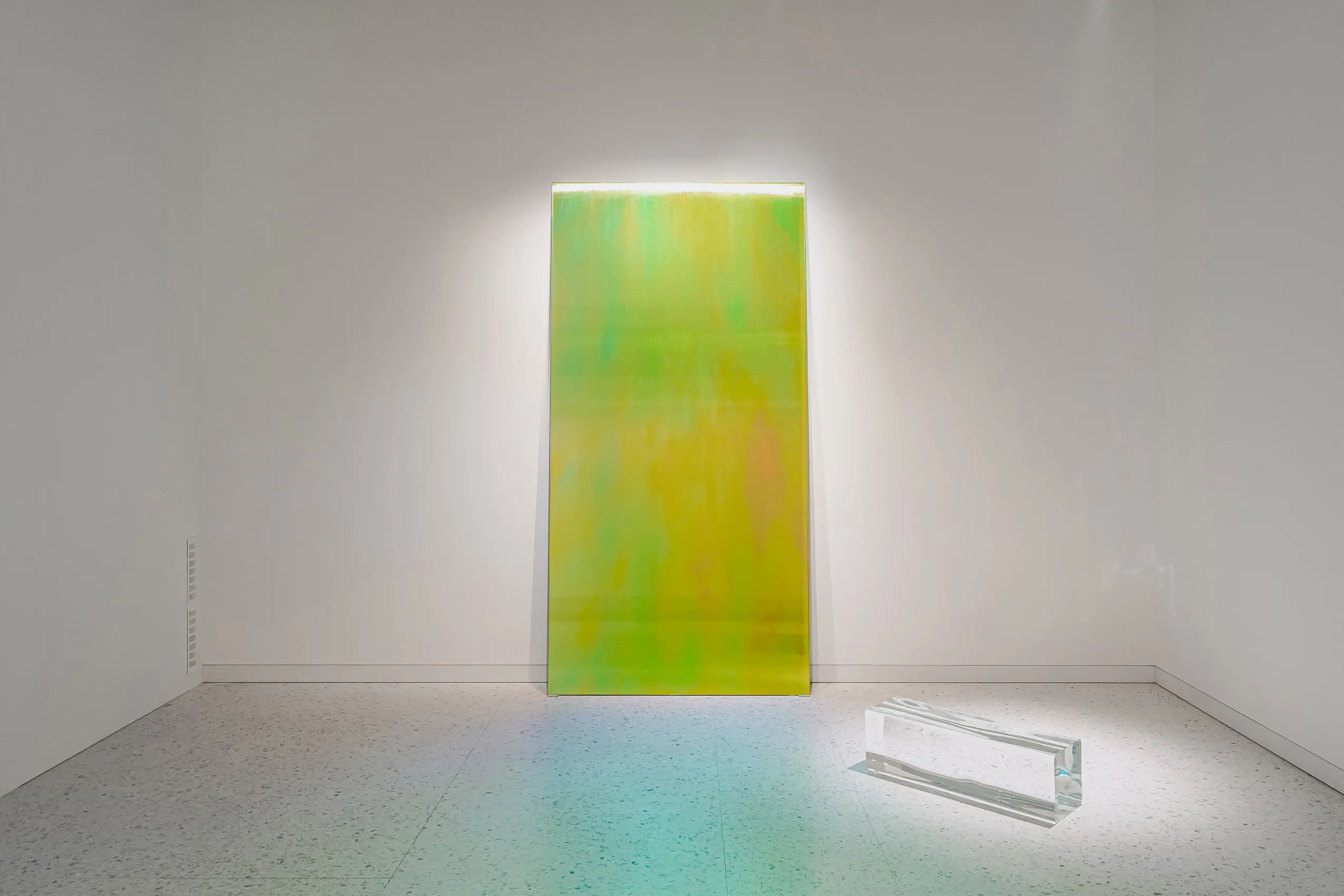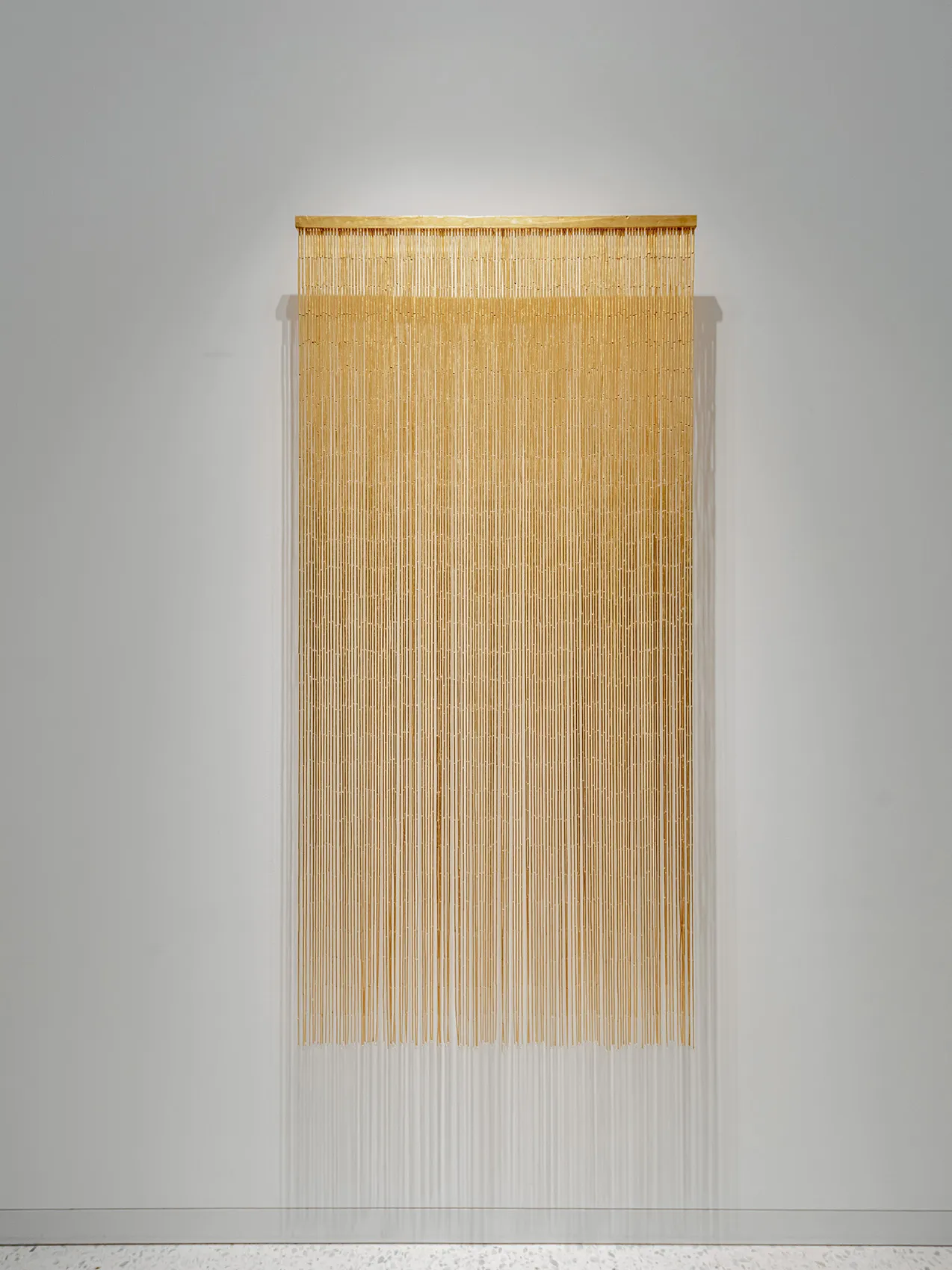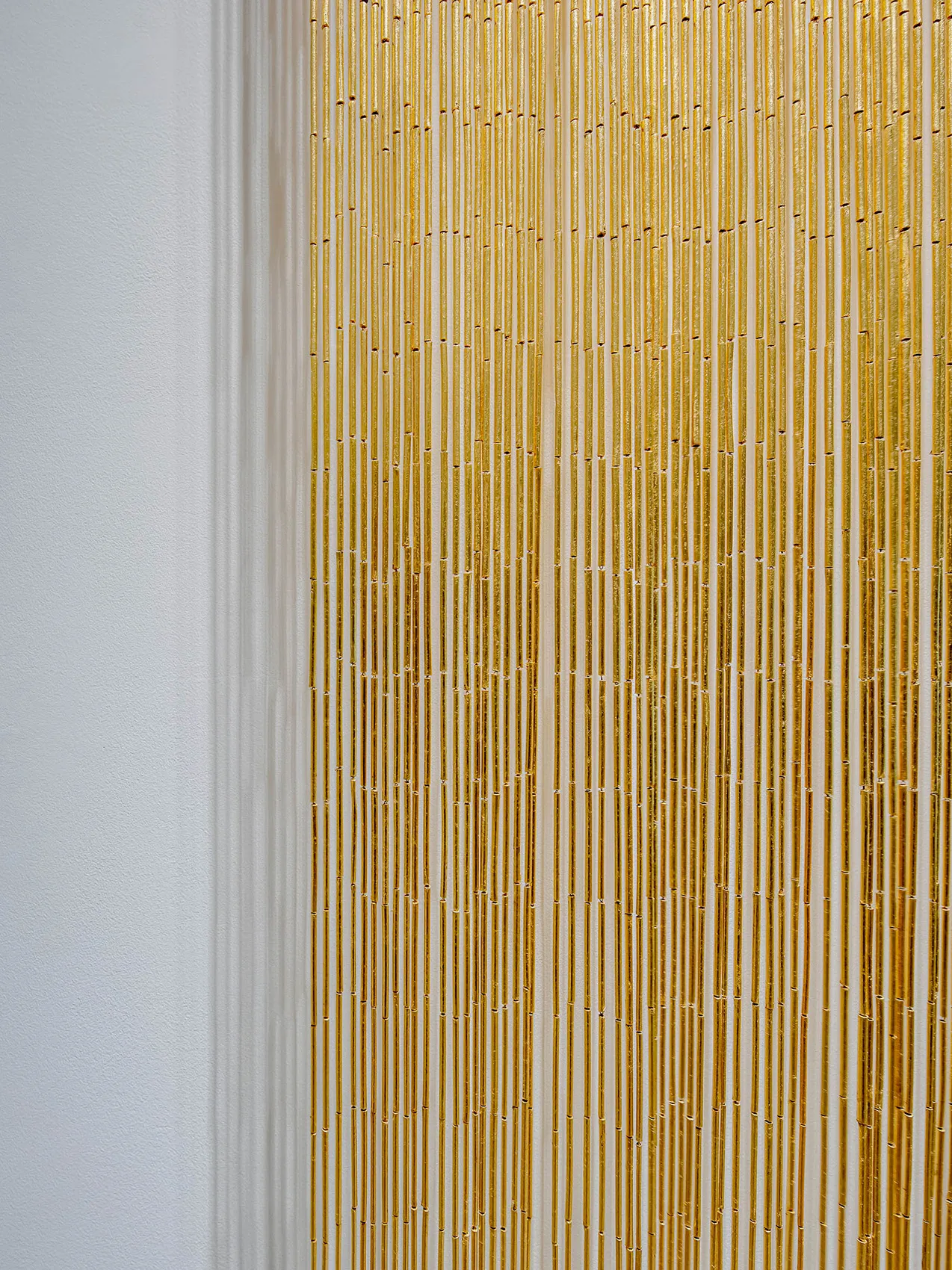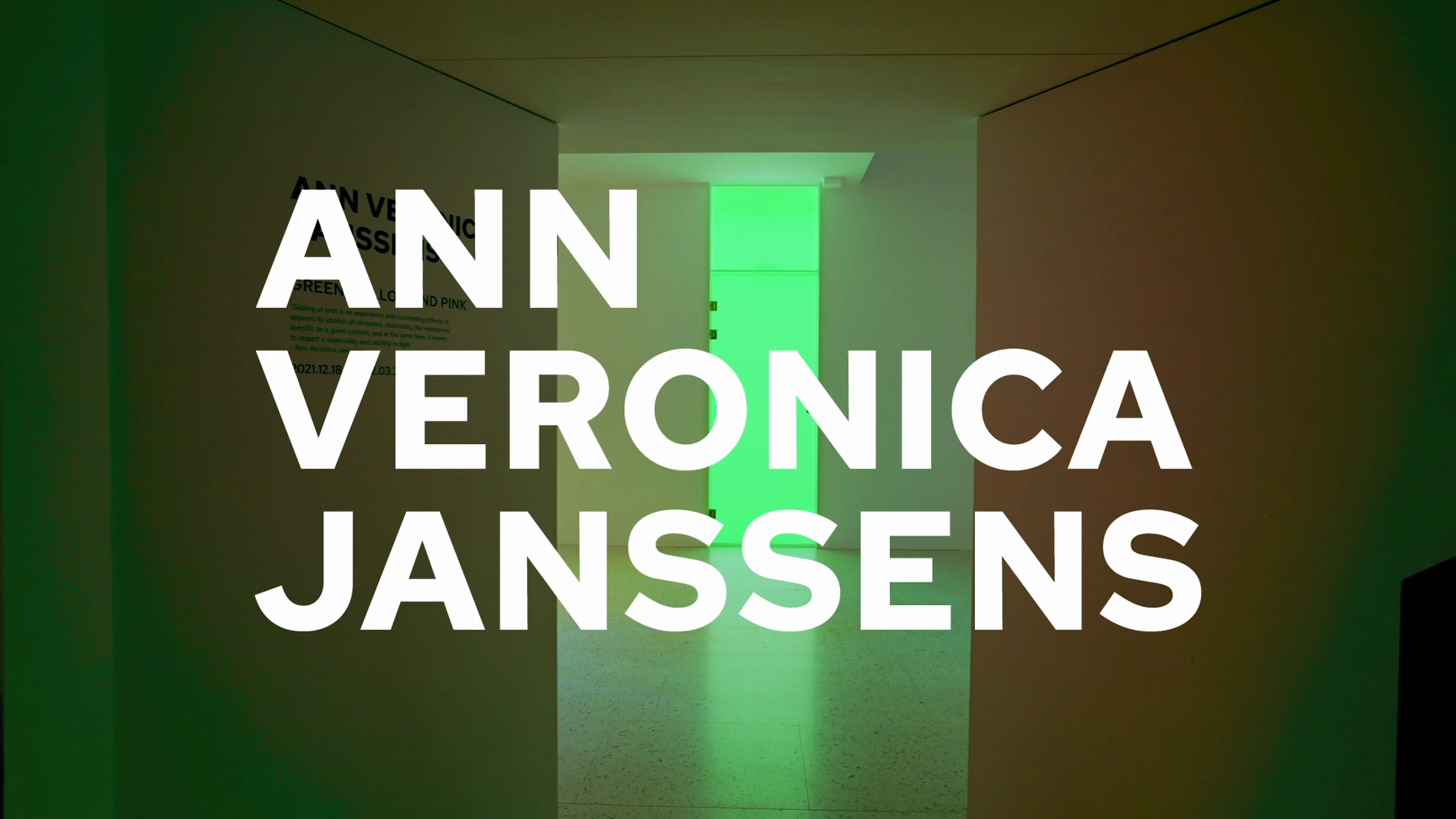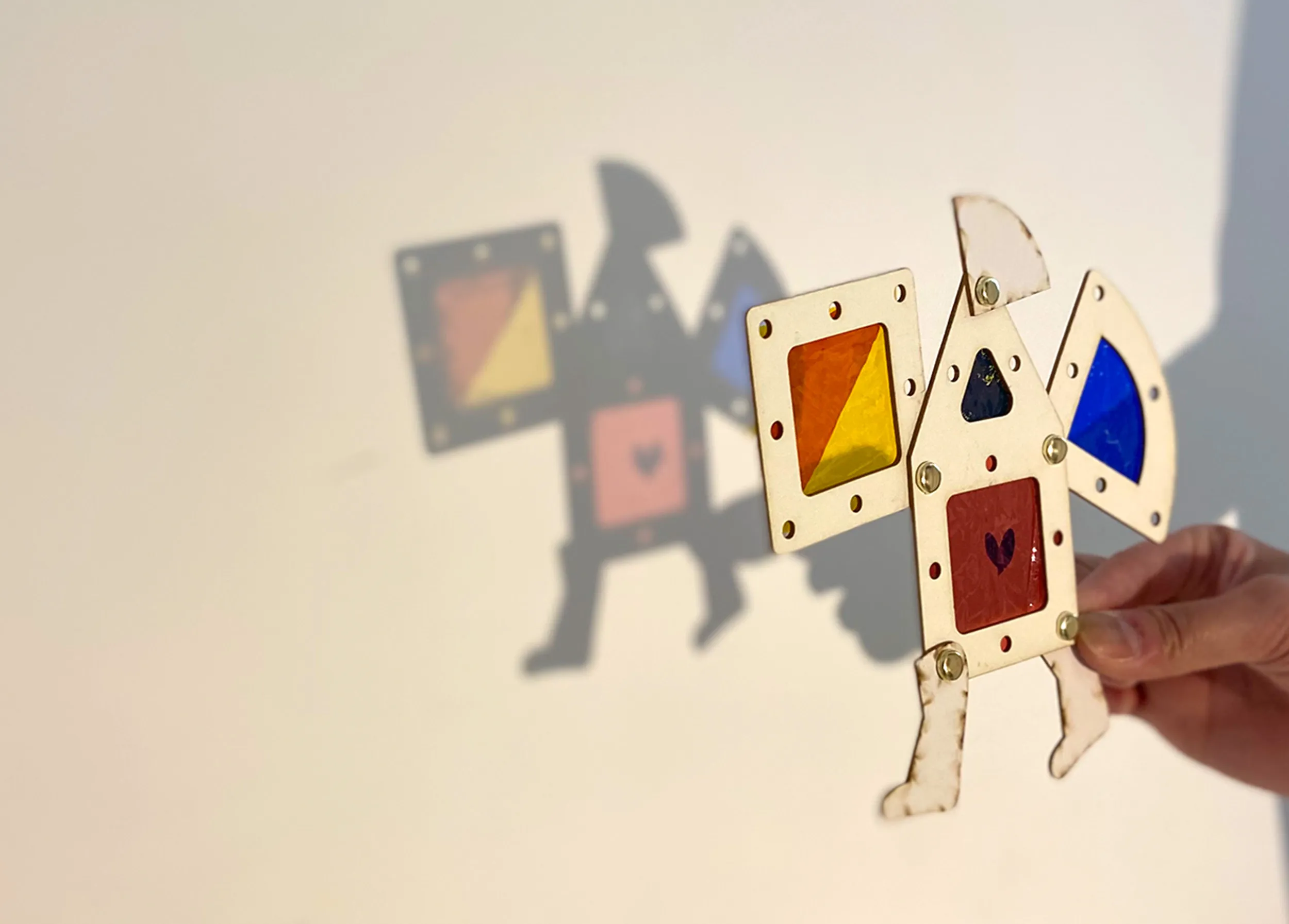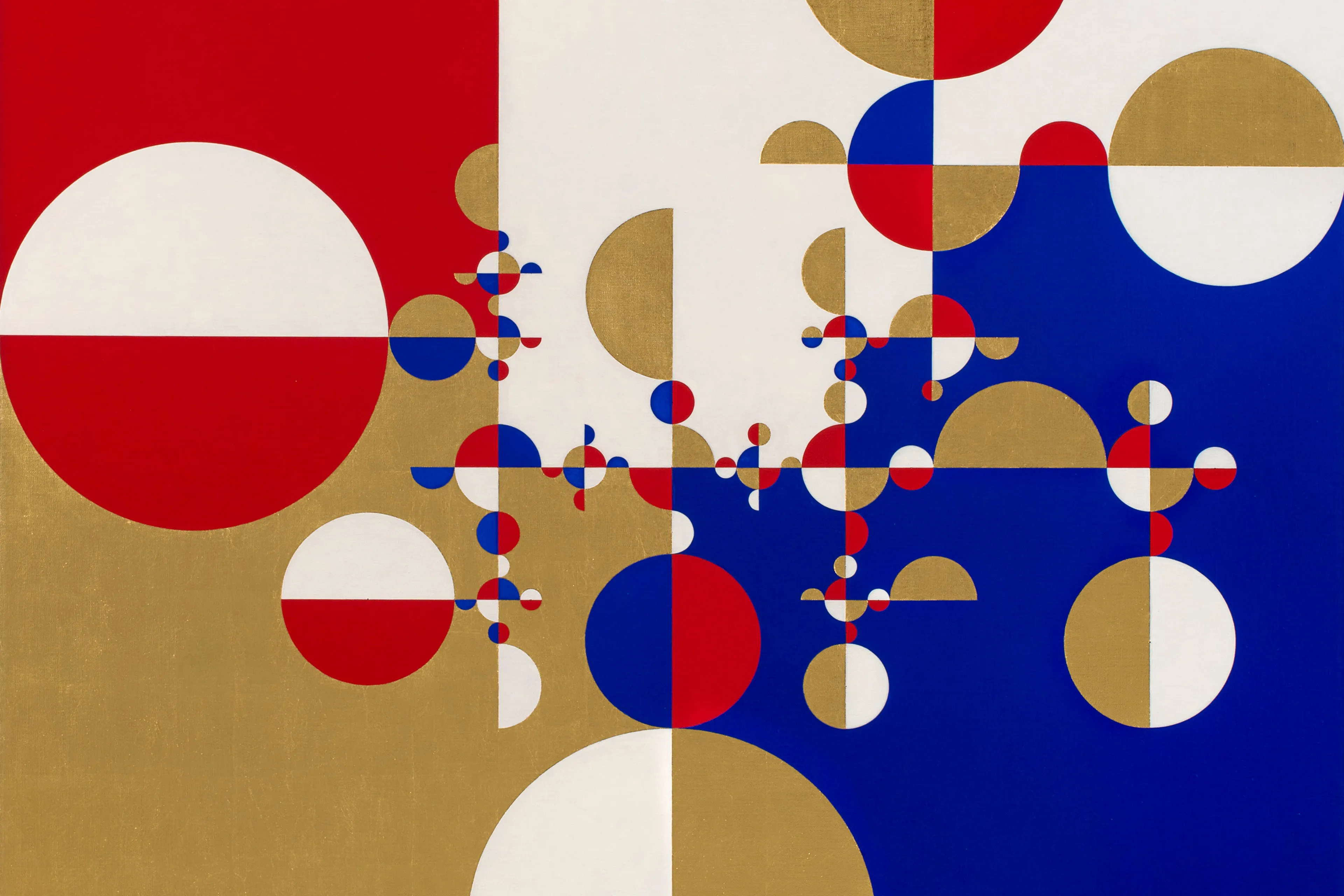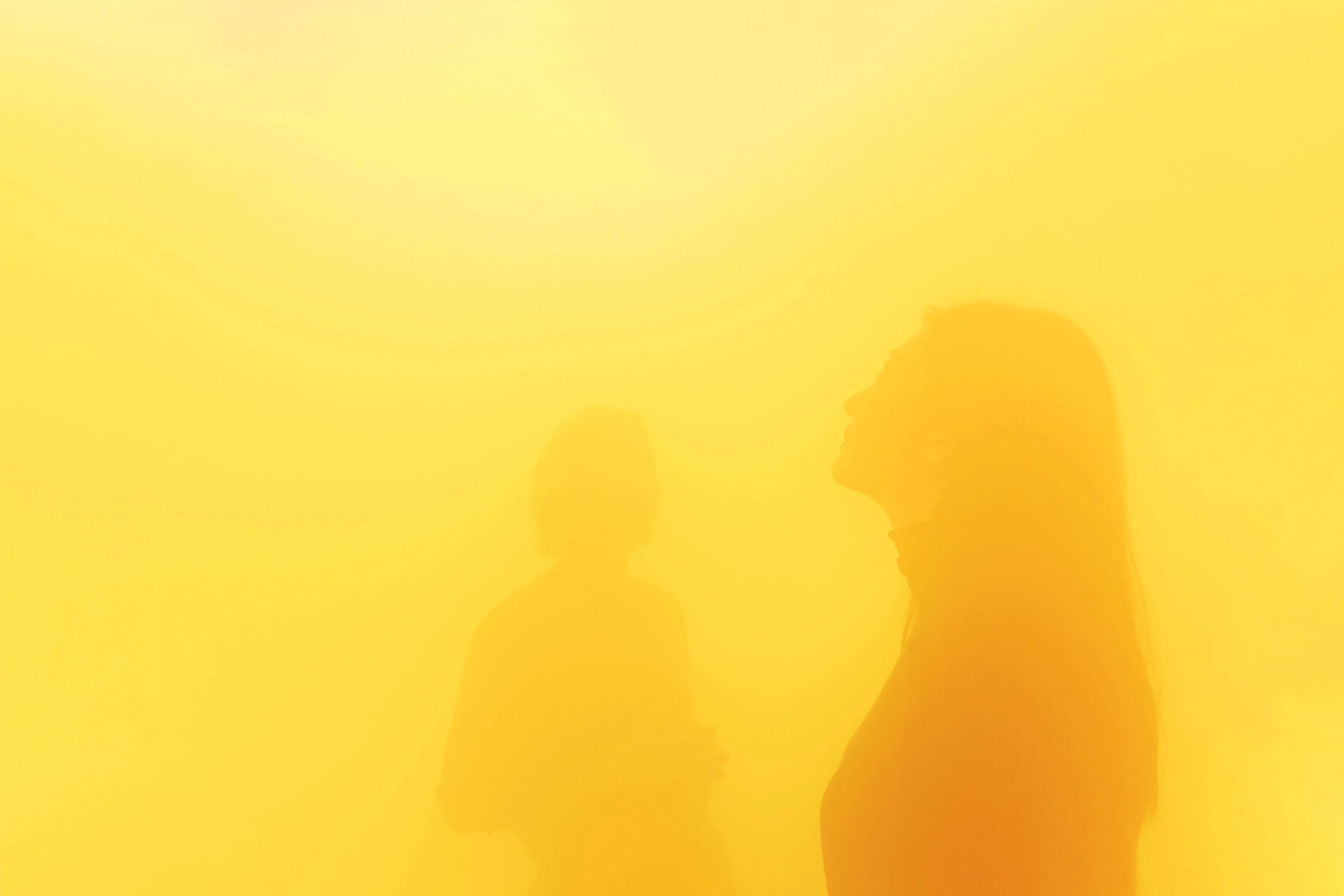
ANN VERONICA JANSSENS:Green, Yellow and Pink
Opening
2021.12.17 FREE.
Locations
WINSING ART PLACE
“(…) sometimes you have to erase reality, erase what’s visible in order to see something else, to make the invisible visible.” — Ann Veronica Janssens
Between the 1960s and 1970s, Southern California was filled with aerospace and engineering companies, many of which were involved in the first American lunar project, and it was arguably the height of industrial technology after the Second World War. During this period, a special partnership was formed between a group of artists and engineers. As a result of this technological boom, artists have acquired new industrial materials and production techniques, using special materials to create works that expand the possibilities of human perception of objects and space, thus giving rise to the famous Light and Space movement on the West Coast of the United States. The sun, cars, surf, beaches and other elements of the West Coast have facilitated the transformation of lived experiences into physical works by artists in the Light and Space movement, such as Robert Irwin, Dan Flavin, Larry Bell and James Turrell. These artists' use of advanced materials and their focus on audience perception and participation have inspired many of today's artists. The Winsing Arts Foundation exhibits the works of Ann Veronica Janssens, whose pieces are also heavily influenced by the Light and Space movement.
Ann Veronica Janssens was born in the United Kingdom in 1956 and now lives in Brussels, Belgium. As a child, she grew up in Kinshasa, Congo, where she lived and studied in a free environment, she had more time than others of her age to explore her surroundings and observe the subtle changes in nature, such as the light at sunrise and sunset or the changes in the sky and water waves, and this has deeply shaped the themes she wishes to present in her work. Ann Veronica Janssens is fascinated by the quest for perceptual experience, developing experimental works using a variety of scientific media such as glass, light, projection, sound, liquids and artificial fog. She has scientifically poured small amounts of silicone into a solution of water and alcohol, where the silicone formed a lens shape, which absorbed the reflection of the surroundings into an oval sphere, revealing a new perspective on the world. Ann Veronica Janssens also utilizes the world's lightest substance, aerogel, which is translucent and looks like fog concentrated in a rectangle. The tiny particles that make it up emit blue light in the same way that the atmosphere radiates blue light, and when the viewer looks at the environment through the aerogel, the light looks yellowish or reddish, similar to the light at sunrise or sunset.
This exhibition features some of Ann Veronica Janssens' best-known works in the colored mist, glass and louver collections. She used mist as a medium in 1997 by infusing large white spaces with a dense white haze that altered the sense of space, blurring angles and making floors, walls and ceilings indistinguishable. In a 2001 solo exhibition of fog works at the Neue Nationalgalerie in Berlin, which developed into a colorful fog room, the artist described mist as an experience with a contrasting effect when gazing into it, noting that it seems to remove all obstacles, materiality, resistance to specific conditions, and at the same time seems to give light substance and a sense of touch. Ann Veronica Janssens presents light and color in a tangible way, with color in the form of suspended particles penetrating into the mist. Her piece on display in this show entitled Green, Yellow and Pink is a 2017 creation that invites the viewer to get lost in a fog of green, yellow and pink, where the boundaries of perception are blurred, drawing attention to the senses, finding the way forward, exploring the changes in light and color, and challenging the viewer to have a different experience.
The two glass pieces on show, Bright Pink & Yellow and CL9BK, are from her Gaufrettes series, in which she uses a mold to produce annealed glass with a ribbed surface, and the texture of the glass surface and the shades of color change gradually when viewed from different angles, altering the visual perception. Small nuances of light are also part of Ann Veronica Janssens' subtle approach. The gold leaf-covered vertical louvres of Californian Blinds #2 lightly alter the color of their surroundings when the viewer passes by or when the sunlight changes slightly. She constructs a personalized experience of the work, while reshaping the audience's sense of participation through physical movement.
